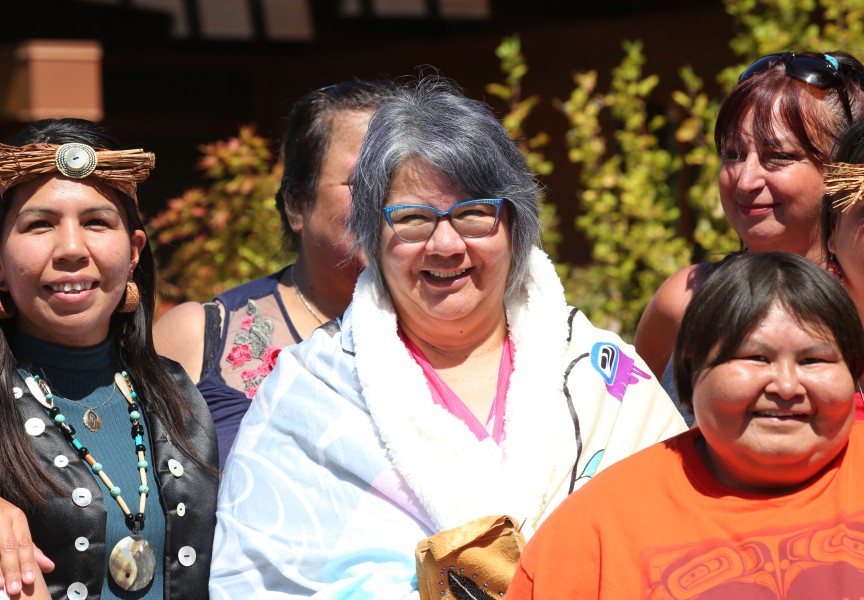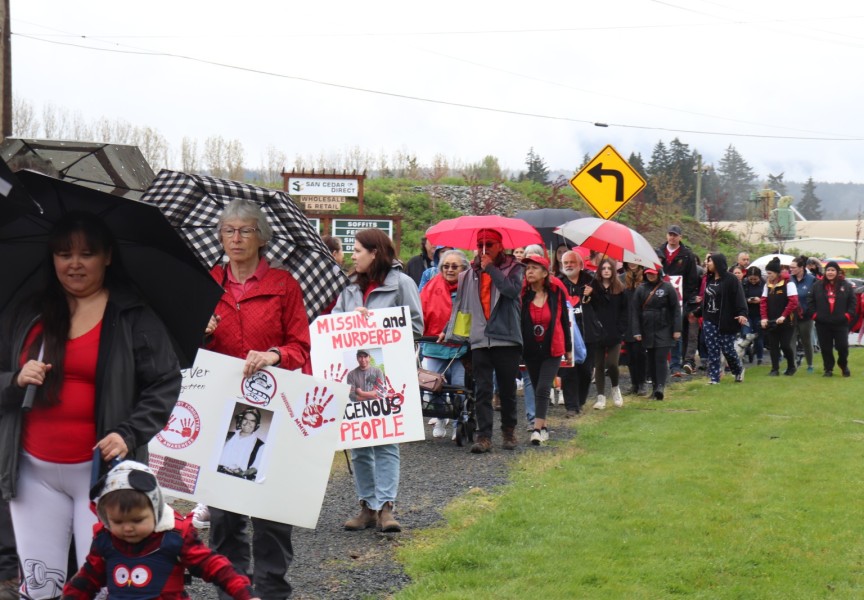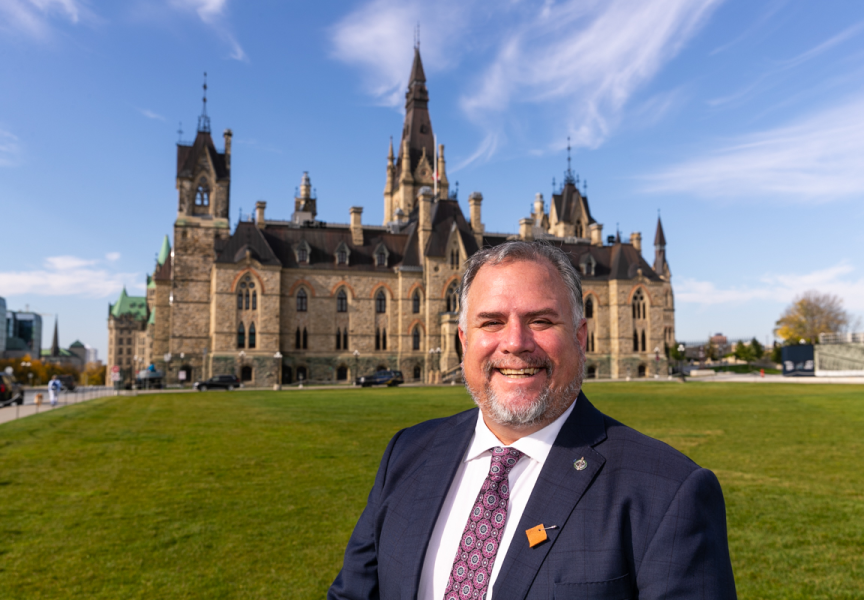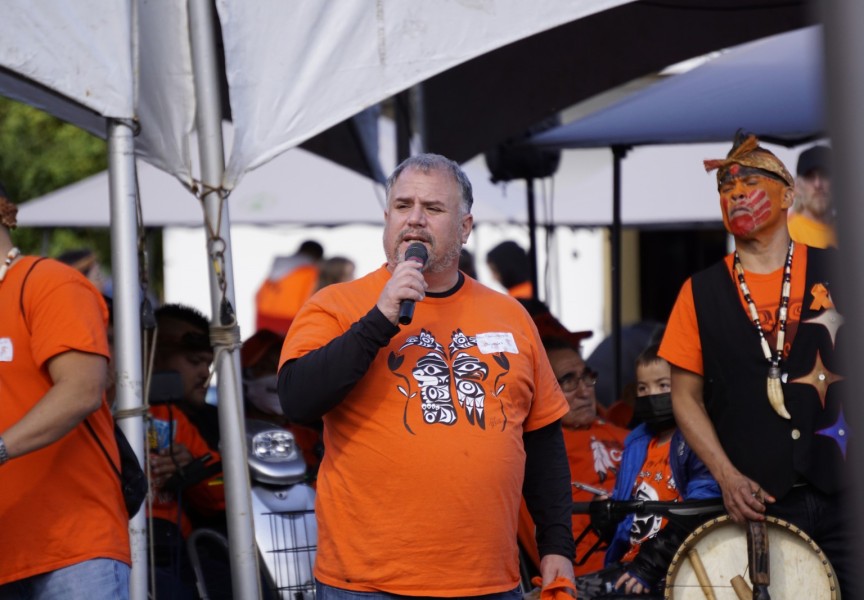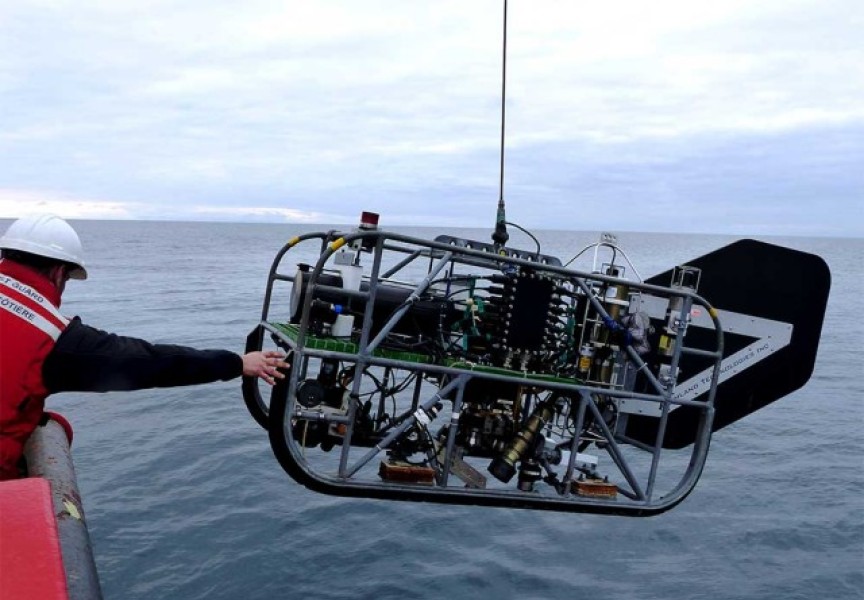With an agreement signed by the federal and provincial governments recognizing Wet’suwet’en title over their land, the nation’s hereditary chiefs now look to a new age in the territory their families have been tasked to protect for countless generations.
The memorandum of understanding between Wet’suwet’en chiefs, Ottawa and the province also demonstrates to the rest of Canada a different recognition of hereditary authority over an Indigenous nation’s territory – above the direction of elected councils that function under the Indian Act. With COVID-19 social distancing measures in effect, the MOU was formally signed at different locations by nine hereditary chiefs, Canada’s Minister of Crown-Indigenous Relations Carolyn Bennett and Scott Fraser, B.C.’s minister Indigenous Relations and Reconciliation, on May 14.
Before the coronavirus pandemic forced the country into a succession of lockdown measures to control the spread of the disease, the stance of the Wet’suwet’en chiefs sparked the foremost news story of early 2020. Representing five clans that make up the Wet’suwet’en nation, the hereditary chiefs opposed the construction of the Coastal GasLink natural gas pipeline through their territory in northwestern British Columbia. This stance set off a series of protests as well as road and railway blockades as groups across Canada demonstrated their solidarity with the Wet’suwet’en.
The Nuu-chah-nulth Tribal Council was among the many organizations who supported the chiefs in their opposition, stressing that such “conflicts will never end without free, prior and informed consent of indigenous peoples.”
“The Nuu-Chah-Nulth have been watching with dismay as the RCMP enter onto Wet’suwet’en lands and arrest and forcibly remove heads of their government, matriarchs and community members who are peacefully defending their lands, which is within their laws,” stated the NTC media release. “Indigenous peoples continue to be forcibly removed from their territories, and jobs and revenue continue to take precedence over First Nations consent over their territories. The government is fueled by corporations and not reconciliation.”
Mounting pressure across Canada resulted in provincial and federal government officials venturing to Smithers in late February to sit down with Wet’suwet’en chiefs. Three days later they emerged with an agreement that has now been publicly released, giving legal recognition that the Wet’suwet’en Houses “are the Indigenous governing body holding the Wet’suwet’en Aboriginal rights and title.”
The MOU goes on to declare that the Wet’suwet’en have “a legal interest in land” on their territory, with a list of areas in which authority will be transferred over to the hereditary chiefs. This transfer includes water, fish, wildlife, land use planning, revenue sharing as well as “child and family wellness”.
“In some cases the jurisdiction that is transferred to the Wet’suwet’en will be exclusive and in some cases it will be shared with Canada or British Columbia,” states the MOU.
The document’s signing was contingent on review by Wet’suwet’en clan members, but the agreement revealed opposition from five elected councils in the nation’s territory.
“Discussions must adhere to a process where all clan members, hereditary chiefs and elected chiefs, have an opportunity for full and informed engagement, as well as full consensus,” reads a letter from the five First Nation councils in Wet’suwet’en territory. “These discussions have not taken place, nor have we voted on the MOU.”
These band councils previously agreed to Coastal GasLink passing through Wet’suwet’en territory. They accused the consultation process of being undemocratic, and some elected members even called for the resignation of Bennett as Crown-Indigenous Relations minister.
“This MOU consultation process has lacked any semblance of credibility,” continued the letter. “The federal government, the provincial government and the hereditary chiefs have completely ignored many clan members and elected chiefs. These discussions have not included openness and respect for all parties.”
In their response the hereditary chiefs stated that members were consulted on the MOU across their traditional territory (yintah), as well as in urban centres.
“The Dinï’ze and Tsakë’ze of the five clans, Gil_seyhu, Laksamshu, Tsayu, Gitdumten and Laksilyu make decisions by consensus, we listen, ask questions and discuss all matters as we have done for generations,” stated the Wet’suwet’en chiefs. “A strong key aspect of the yintah comes from our unique stewardship relationship, our spirit is in the land, our language and crests come from the life-giving force of the yintah.”
Although Coastal GasLink is what brought about this agreement, the MOU does not specifically address the contentious pipeline, and the company behind the project was not included in the discussion that led to the agreement with Canada and the province. Construction of the pipeline has continued during the COVID-19 pandemic.
But a significant development is how the MOU draws upon the Delgamuukw-Gisday’wa Supreme Court of Canada decision from 1997. This ruling determined that Wet’suwet’en and Gitxsan rights to their territory were not extinguished when British Columbia joined Confederation over a century ago.
“Aboriginal title means use and occupation of your yintah [and] right to decide on the uses of your yintah subject to constraint to protect for future generations,” states a document the Wet’suwet’en nation recently provided to its members. “This is just the beginning, but that recognition means that they will not be able to ever again approve a project without your government being fully part of the decision as to what will and will not happen on your territory.”


